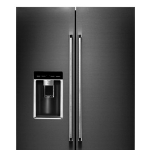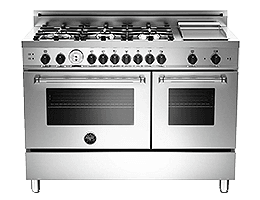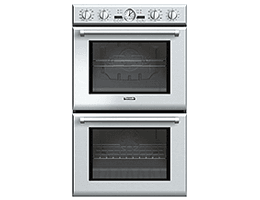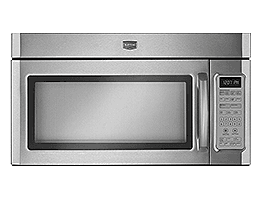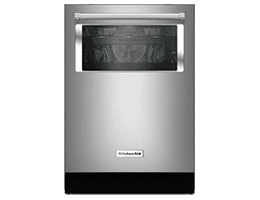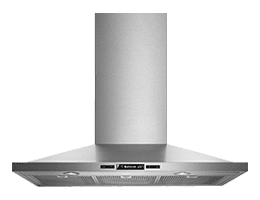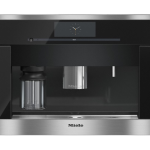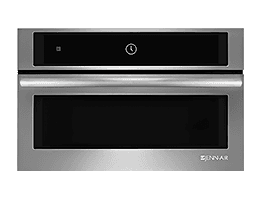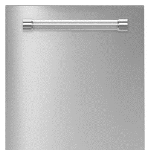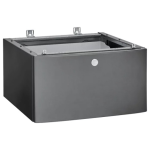Energy Saving Tips
Feb 26, 2016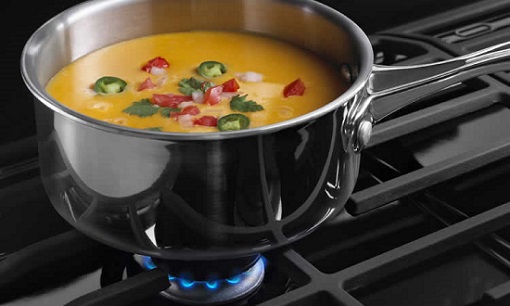
During a Wisconsin winter, many people are inclined to stay inside, turn up the heat, cook comfort food, and ultimately use more energy. With that in mind, Appliance Gallery provides tips on how to save energy and money.
Refrigerator: Keeping your refrigerator and freezer colder than necessary uses an excess amount of energy. The recommended temperature for refrigerators is 34-40 degrees Fahrenheit. “You can check the temperature by leaving a glass of water in the center of your refrigerator overnight. Then, measure the temperature with an appliance thermometer the next day,” said Ralph DeNisco with Appliance Gallery. Also, defrosting food the night before will also help cool down the refrigerator and reduce its power consumption.
Stove: Winter months are filled with cooking hearty meals to warm up after a long, cold day, resulting in more energy usage. To combat this, use lids on pots and pans to allow you to cook at a lower setting and use less energy. “Make sure you are using a burner that is similar in size to the pot so heat isn’t lost and wasted,” DeNisco said. “It is also helpful to shut off the oven a few minutes before the food is done, letting the oven heat finish the job for you.” Microwaves are an alternative for smaller meals, as they only use one-third as much energy as conventional stoves.
Dishwasher: More cooking leads to more dishes. One way to achieve energy-efficiency is to load as many dishes as possible while making sure the dishes are not touching. Skip the soaking and pre-washing of your dishes and simply scrape off large pieces of food instead. Modern dishwashers are highly efficient at removing food residue without needing to be soaked first. Many newer dishwashers also have energy saving features, including those from Asko, Bosch, KitchenAid, Miele, and Whirlpool, which you will find at Appliance Gallery.
Washer/Dryer: Winter brings on extra layers that need to be washed. The dryer uses the most energy of all the appliances, so it is important to be conscious about how you utilize it. “Nearly 90 percent of the energy used by your washing machine is to heat the water,” said DeNisco. “Try washing your clothes in cold water with cold-water detergents whenever possible.” Make sure you clean the dryer lint screen after every use to maximize efficiency and reduce chances of fire.
When looking to replace or upgrade your appliances, look for the Energy Star label. Energy Star is the government-backed program that makes it easy to identify energy efficient appliances. “For example, Energy Star refrigerators use 20 percent less energy than required by current federal standards,” DeNisco said. “Dishwashers with Energy Star labels use 4.25 gallons of water per cycle, compared to the 10 gallons per use coming from dishwashers purchased before 1994. Clothes dryers that are Energy Star certified use 35 percent less water and 20 percent less energy than standard washers.” Energy Star appliances also reduce greenhouse gases and energy bills while still performing at high standards.












































